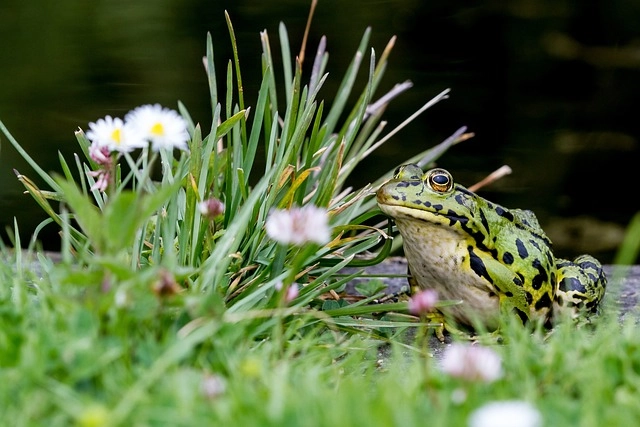Giorgio Armani Perfume excels across diverse climates due to its unique blend of citrusy top notes and woody base notes. Lighter scents thrive in warmer weather while richer fragrances linger longer in colder environments, emphasizing the interplay between climate, scent composition, and olfactory experience. This adaptability underscores the global appeal and timeless essence of Giorgio Armani Perfume.
“Explore the intriguing adaptability of Giorgio Armani Perfume across diverse climates. This global scent defies seasonal boundaries, offering a unique olfactory experience regardless of temperature. Our article delves into the science behind perfumery, examining how climate influences fragrance notes. We also uncover cultural preferences for local scents and how these vary worldwide. Discover why Giorgio Armani Perfume remains a versatile choice, appealing to diverse tastes and weather conditions.”
- Giorgio Armani Perfume: A Global Scent's Adaptability
- Climate's Impact: From Heat to Chilly Air
- Perfumery Science: Notes and Their Behavior
- Cultural Preferences: Local Scents and Climate
Giorgio Armani Perfume: A Global Scent's Adaptability

The iconic Giorgio Armani Perfume, a global scent renowned for its elegance and sophistication, exhibits remarkable adaptability across diverse climates. This fragrance, crafted with meticulous attention to detail, manages to maintain its allure regardless of whether one is strolling through the sun-kissed streets of Milan or breathing in the crisp mountain air of Aspen. The key lies in its unique blend of notes, carefully selected to cater to a wide range of atmospheric conditions without compromising its timeless essence.
Giorgio Armani Cologne, with its refreshing and invigorating aroma, serves as a perfect illustration of this adaptability. The initial burst of citrusy top notes provides a crisp, energizing wake, ideal for warming climates. As the scent evolves, woody base notes emerge, grounding the fragrance while adding depth and warmth. In cooler environments, these notes create a cozy, enveloping experience, ensuring the perfume continues to captivate even in diverse settings.
Climate's Impact: From Heat to Chilly Air

The climate plays a pivotal role in how a fragrance, like Giorgio Armani Perfume or Giorgio Armani Cologne, is perceived and performed. In hot climates, the scent might evaporate faster due to higher temperatures and humidity, requiring lighter, more citrusy notes to cut through the heat. Conversely, chilly air can make fragrances last longer as evaporation slows down; deeper, richer aromas become more noticeable in these conditions.
This climate-fragrance interplay means that what smells exquisite on a balmy summer day might not have the same impact during a cold winter night. For instance, Giorgio Armani Cologne’s fresh, energetic notes could be overshadowed by the colder air, while its sensual undertones might gain prominence when worn in a more temperate or warm environment. Thus, adapting fragrance choices to the season and locale can enhance the overall olfactory experience.
Perfumery Science: Notes and Their Behavior

Perfumery science delves into the intricate behavior of fragrance notes, which can exhibit distinct characteristics depending on various factors, including climate. The way a perfume smells is influenced by the interplay of scent components and how they interact with the skin’s natural oils and temperature. For instance, lighter, fresher scents like Giorgio Armani Cologne tend to perform better in warmer climates due to their rapid evaporation rate. These notes offer a crisp, invigorating experience ideal for hot days. Conversely, richer, deeper fragrances like Giorgio Armani Perfume may hold up longer in colder environments as the cooler temperatures slow down the release of volatiles, allowing the scent to linger on the skin.
Understanding these nuances is key to choosing the right perfume for different settings and seasons. In a bustling metropolis where the sun beats down, a spritz of Giorgio Armani Cologne can provide a refreshing zing. Meanwhile, during cooler months, the same fragrance might transform, unveiling its deeper, more complex layers as it interacts with lower skin temperatures, creating an elegant scent that lingers on the body.
Cultural Preferences: Local Scents and Climate

When it comes to fragrance, cultural preferences play a significant role, often influenced by local climates and scents that resonate with specific regions. For instance, lighter, fresher scents like Giorgio Armani Cologne tend to be popular in warmer, humid climates where heavier fragrances might feel overwhelming. In contrast, colder weather invites richer, deeper aromas; a preference that can be seen in many cultures adopting more intense perfumes, such as Giorgio Armani Perfume, during winter months.
These preferences are not merely about temperature; they’re deeply rooted in sensory experiences. Coastal areas, for example, often favor aquatic or floral notes, while regions with dense forests might lean towards woody or spicy fragrances. Understanding these cultural nuances is key to appreciating how different perfumes perform across various climates and environments.
